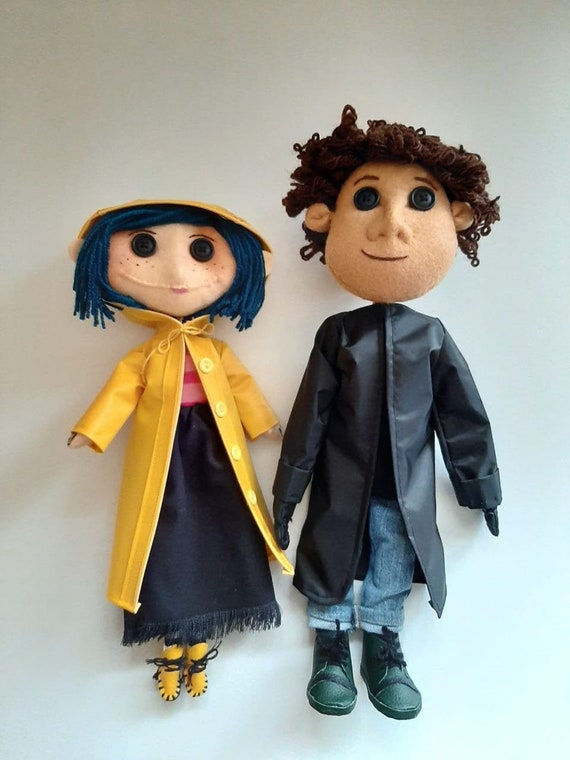
Lesson 3
Prior Knowledge
Students should already know:
- Grammar of Visual Design
- how features of Print Advertisement contribute to the meaning-making process.
Lesson Objectives
Students will be able to:
-
Compose a multimodal representation that shows an understanding of how different semiotic modes can work together in communicating meaning to the viewers.
-
Critically view and evaluate the use of features in Print Advertisements critically according to the purpose of the producer.
materials
-Writing materials and paper
- Personal Learning Devices/ Ipads
resources
- Class rubrics (From Lesson 2)
Example: Appendix 8
- Appendix 9: Representing Tasks
Lesson Development I
(30mins)
Resources needed:
-
Appendix 9
-
Educational Technology Software
description
-
Teacher provides students with a choice of tasks to create a digital multimodal text (Appendix 9).
-
In their pairs, students will decide on one of the tasks to do and use their preferred software that they are familiar with (e.g. Canva) to create the artefacts. They will need to write an explanation to discuss the organisation and integration of visual elements in creating this advertisement. They will also need to explicitly state what the purpose of their advertisement is
-
Students are to upload the artefact and rationale onto Padlet once they have completed it.
-
Teacher will walk around to monitor and provide feedback while the students are doing the task.
rationale
Transformed Practice
In this lesson, they will engage in their independent creation of the text, whereby they will be using their representing skills in the creation of the Education Technology-mediated artefact. This process of representing also helps them to be sensitive and deliberate in the choices they make to achieve their intended messaging and purpose effectively (Lim, 2011).
The students will be demonstrating their learning in this artefact-making process (Lim, 2018). Scolari (2018) also recommends that teachers should provide students opportunities to be producers of visual texts.
Differentiated Learning
The students are given a choice in the representing tasks according to their interests or abilities. From Task 1 to 3, it brings the students further from the story, In Task 3, the students will need to recognise that the premise of their task is still within the rules of the world of the Witches. In doing so, the diversity of the students is made productive and the students are supported in their representation task (Kalantzis & Cope, 2020).
Furthermore, it is pertinent to recognise that not all students are digital natives and are equally familiar with the different technological tools. Allowing them to choose their preferred tool will reduce the learning curve the students will have and better facilitates their learning (Lim, 2020).

Appendix 9:
Digital Multimodal Tasks

Task 1
Take on the role of the boy in the story. Design a poster to warn the other children in the hotel about the Witches.

Task 2
Imagine you are one of the Witches present in the meeting room. Design a poster to lure the children to gather at an area of your choosing.

Task 3
Imagine you are a mask-maker. Design a poster to recommend your store to the Witches of England.
Lesson Development II
(20mins)
Resources needed:
-
Class Rubrics
description
-
The students will do a digital gallery walk on padlet and provide feedback to their peers based on the class rubrics.
-
Teacher will highlight a few representations and provide further comments about the effectiveness of their advertisements in conveying meaning and achieving their purpose.
Key Teacher Langauge:
- What was done well in this pair's advertisement? What could be improved?
- What do you think was the purpose of the advertisement? Do you think the features combined have achieved the purpose?
rationale
Collaborative Learning
As the students create the artefact in their pairs and review their peers' work,, they are learning collaboratively. Cope & Kalantzis (2020) recognise that learning is social and that they can learn from their peers through this community of learners that the teacher provides scaffolds of. They become knowledge co-creators, rather than passive spectators. Providing the peer feedback also taps on the productive diversity within the classroom, where the students are not limited to the singular narrative of the teacher, but also those of their peers.
Conclusion
(10mins)
description
-
Students will reflect on how text features contribute to the meaning-making process for Print Advertisements.
They will also reflect on their representation exercise, and the discretion one needs when representing in their attempt to achieve their purpose.
They will post their individual reflections onto Padlet.
-
Teacher concludes the lesson by redirecting them to lesson 2, on how advertisements and multimodal texts are present in the real-world context. Teacher stresses that the viewing and representing skills they have gained can also be applied in the real-world context.
rationale
The reflection time gives the students the opportunity to take an aesthetic approach to their experiences with the multimodal texts and their viewing and representing experiences.
The reiteration of the connection to the real-world context is to strengthen the theory-practice connections after the students have completed one round of the curriculum cycle with regards to advertisements.